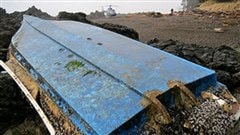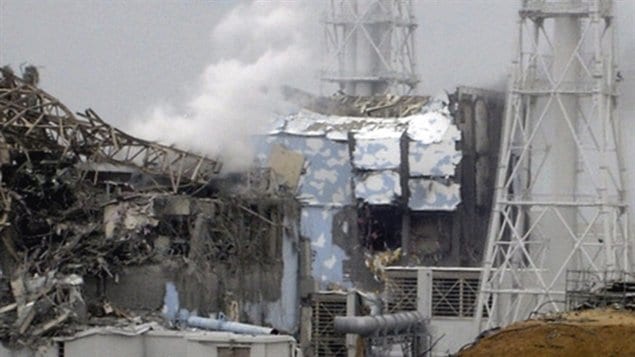A Canadian scientist says radioactive water from the destroyed Fukashima nuclear plant in Japan is being tracked to help determine currents in the Pacific.
The tsunami that wrecked the Japanese plant happened in March 2011, and by June scientists began sampling waters some 1,500 km off Canada’s west coast checking for cesium-134, a radioactive particle that could only come from Fukashima.

John Smith is a chemical oceanographer with the Bedford Institute of Oceanography in the city of Dartmouth in the east coast province of Nova Scotia. The BIO is the only marine radioactivity lab in the country.
Smith said debris from the Japanese coast began washing up on the Canadian coast months before the first traces of radioactive particles because it was pushed along by the wind.
The first traces of radioactivity were found in 2012 in one area of the west coast and by the summer of 2013, significantly more had been detected along much of the west coast.
Smith says the traces of radiation are thousands of time below levels considered harmful to humans, but he told reporters in a phone conversation that, “This is the first time we have seen a discharge in the west of the Pacific that can be traced all the way over to the east side.”
He said there are presently two models used to map currents in the north Pacific. They are used for such things as predicting global warming to the spread of nuclear fallout.
He notes that by monitoring the movement of the Fukushima particles over the next two years, scientists will be able to see which model is most accurate.
Researchers have also been looking for evidence of cesium-134 from Fukashima travelling into the Bering Sea and eventually across the top of Canada over to the Atlantic.
Arctic Ocean testing in 2012 found no traces, but testing will likely be done again this year.
Meanwhile a German news service is reporting an ongoing series of worrying incidents at Fukashima. These include another accident, fire, and breakdown of the reactor cooling system as they try to remove fuel rods; a leak of 100,000 litres of radioactive water due to human error; and misrepresenting and undervaluing radiation levels.
Deutsche Wirtschafts Nachrichten (about Fukashima in German)







For reasons beyond our control, and for an undetermined period of time, our comment section is now closed. However, our social networks remain open to your contributions.